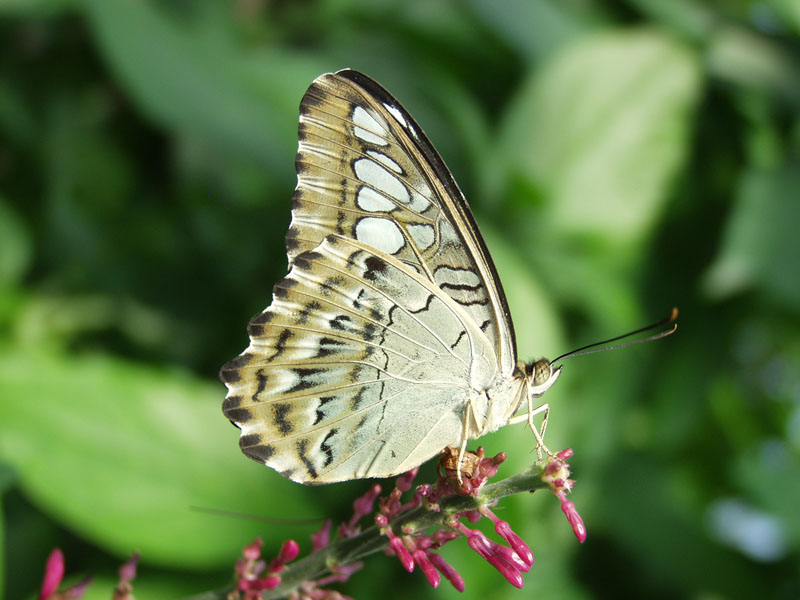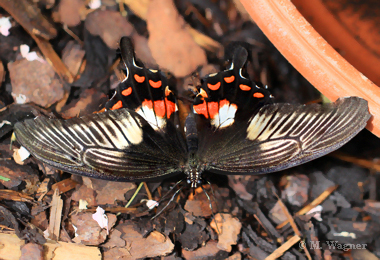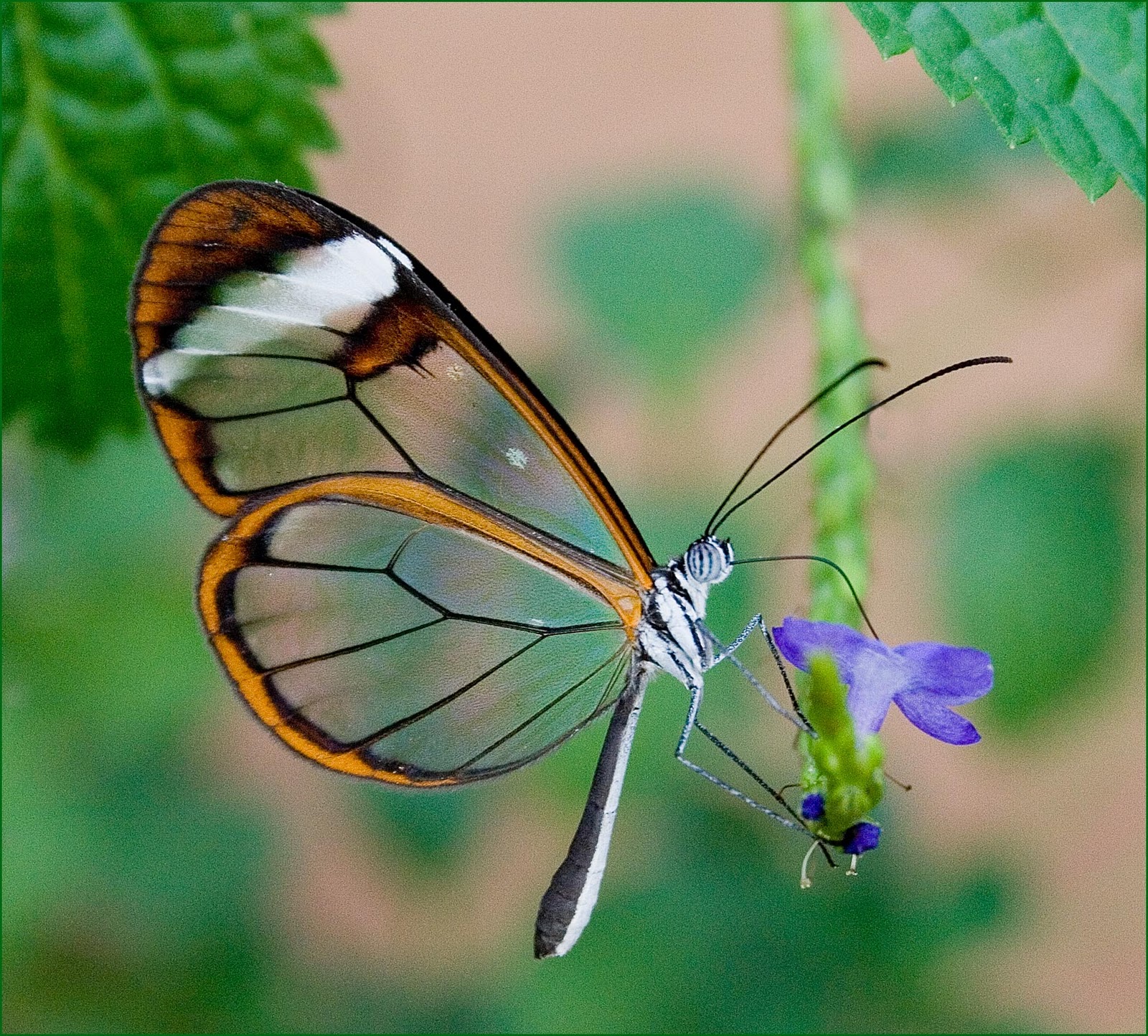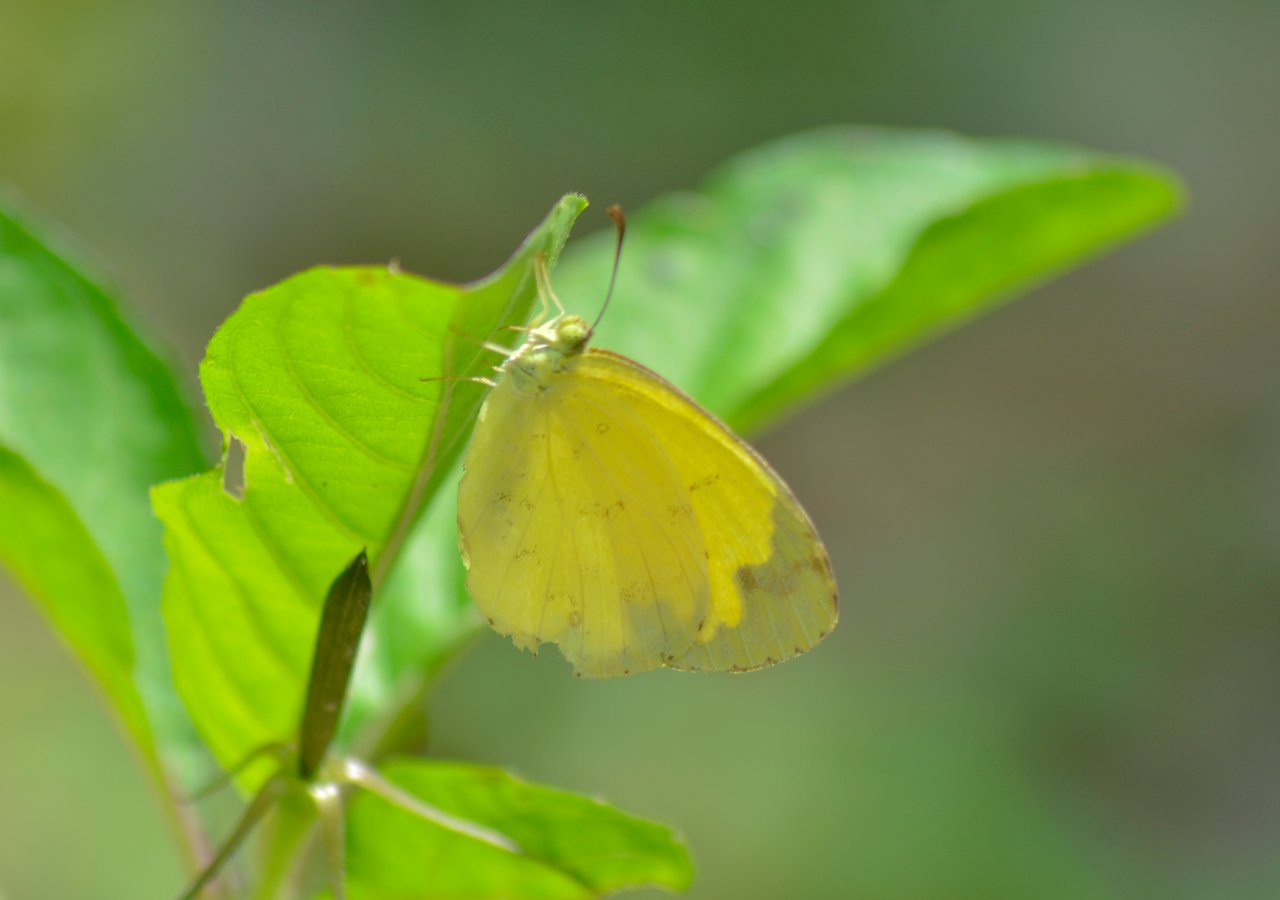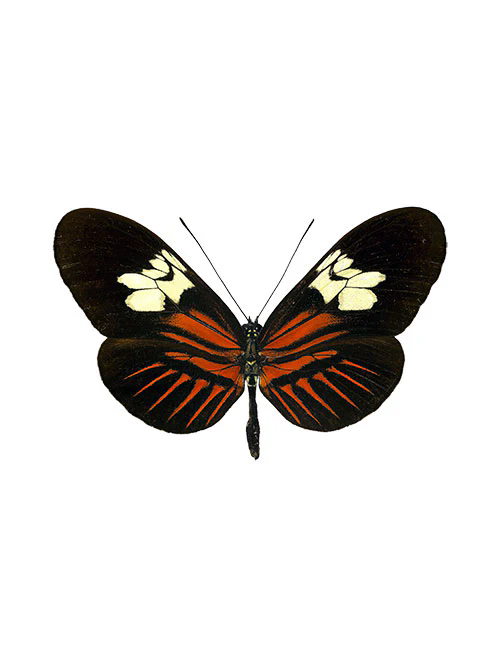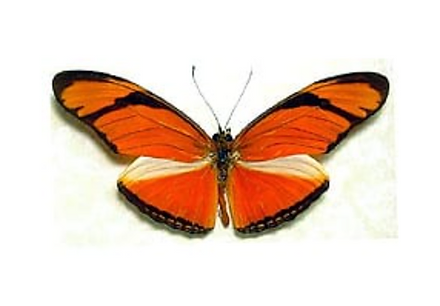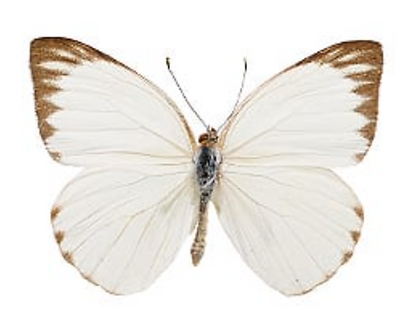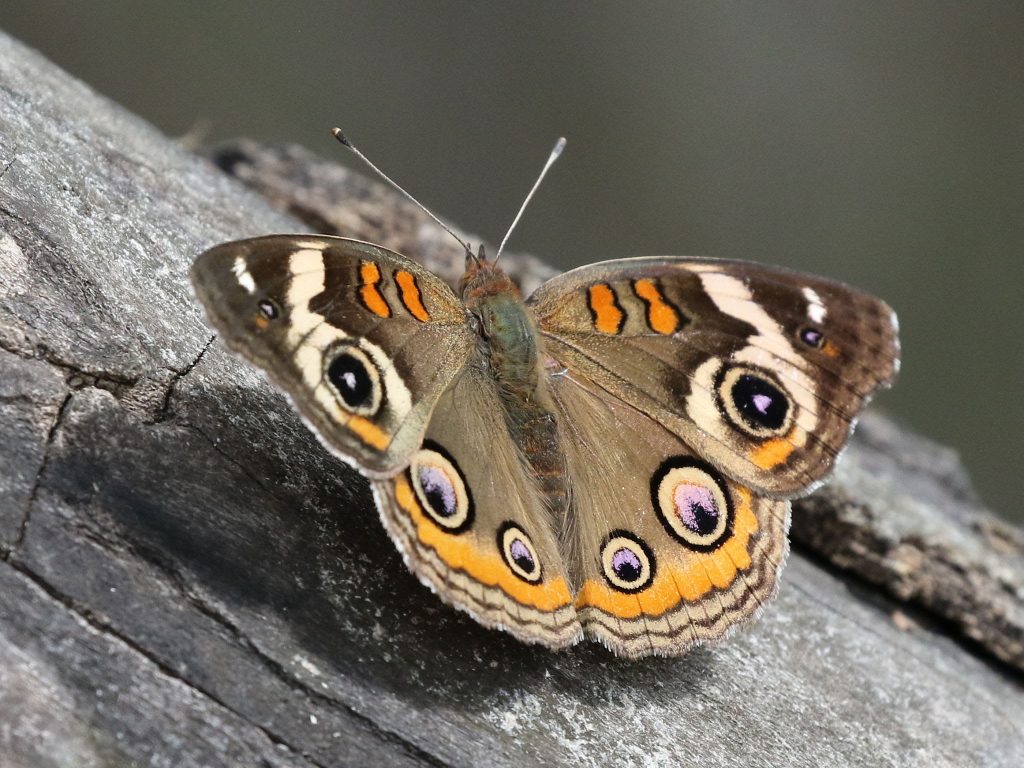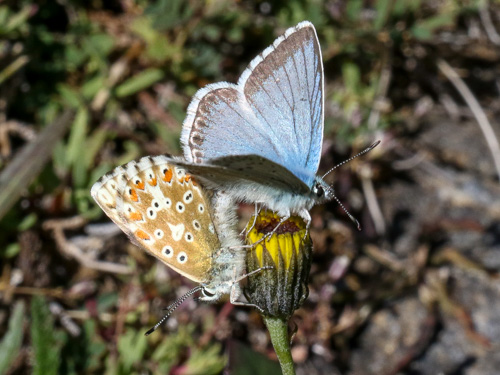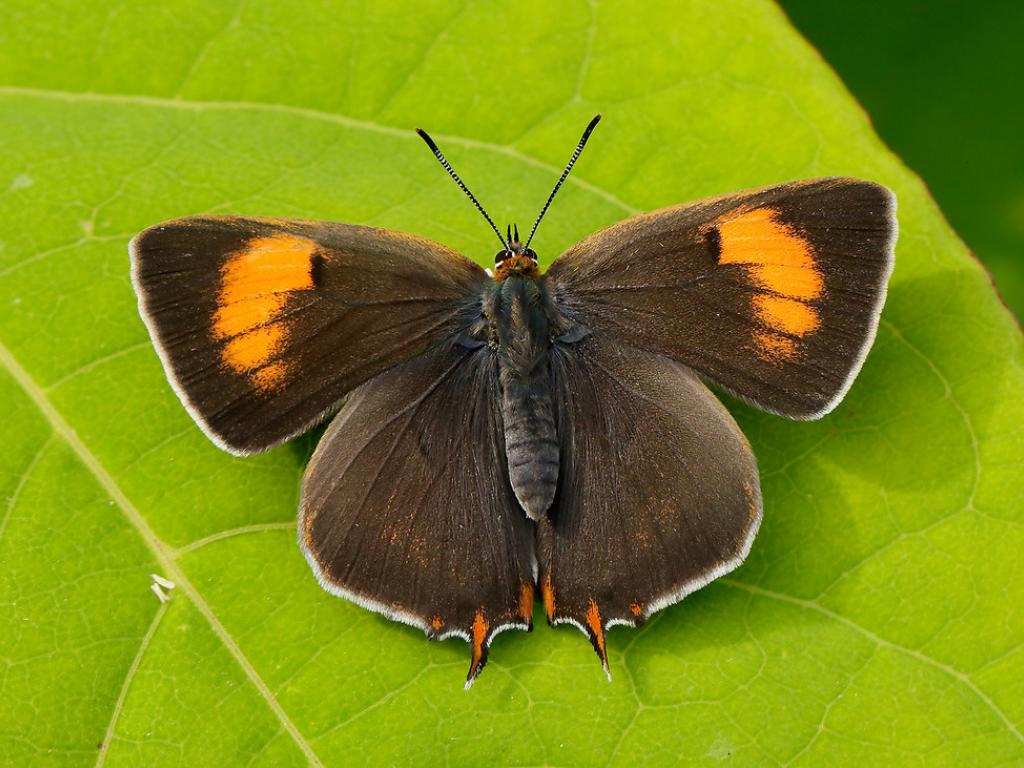Blue Clipper butterfly | parthenos sylvia
Male. Wings large, broad. Forewing triangular; costa very slightly curved, apex rounded, exterior margin oblique and slightly scalloped, posterior margin short, angle convex; costal vein extending to two-thirds of the costal margin, free from the subcostal in both sexes; first and second subcostal branches somewhat undulated, the first subcostal emitted before one-half length of the cell, second at one-sixth before the end, third at half length beyond the cell and curved upward, running close along second for some distance and ending at the apex, fourth and fifth on a short footstalk starting from near base of the third; cell long, … Read more

